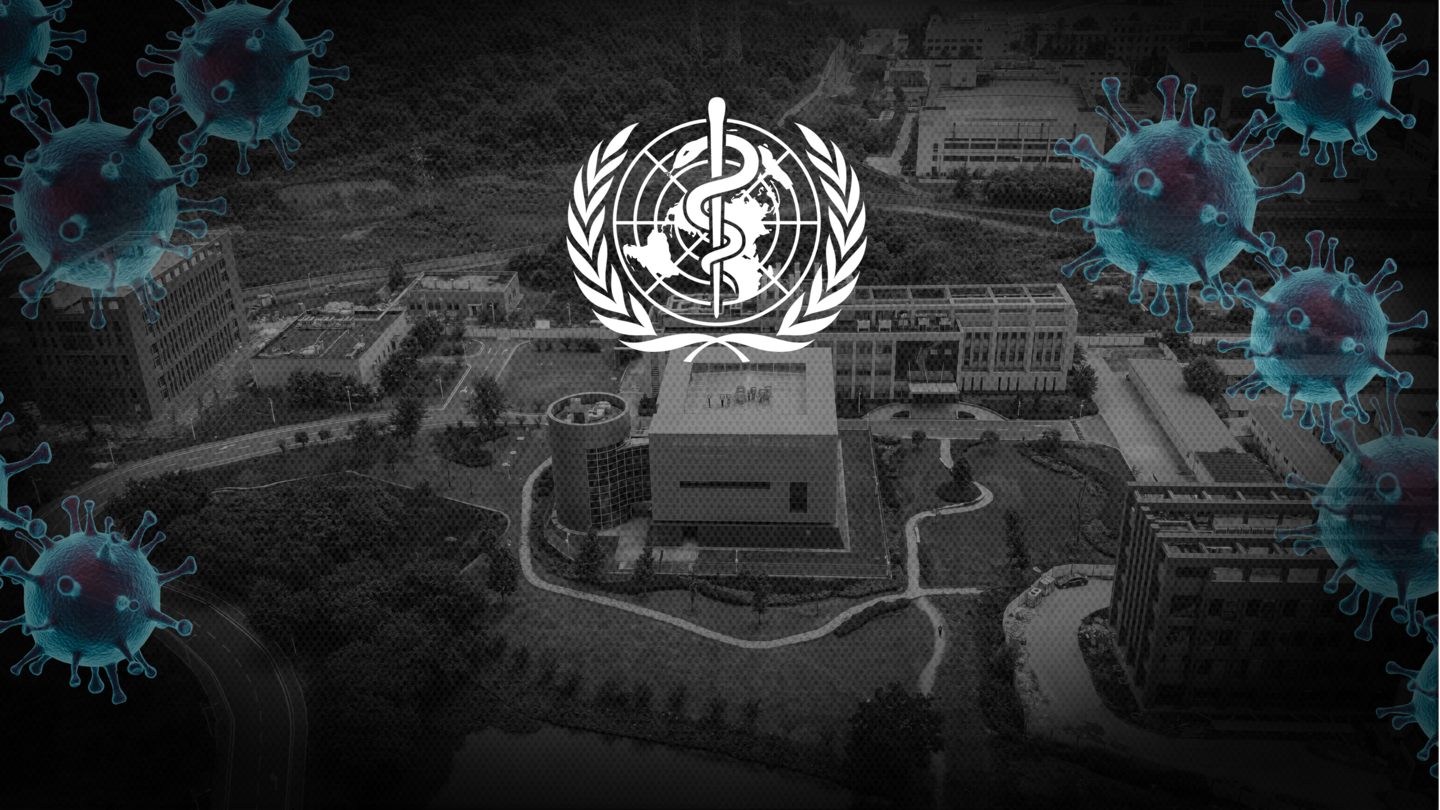
Coronavirus: WHO team spent merely four hours at Wuhan institute
What's the story
A team of the World Health Organization (WHO), that visited China earlier this year to trace the origins of coronavirus, has ruled out the possibility of a lab leak. The report is yet to be officially released but parts that surfaced in the media blamed animals for the disease that has killed 2.8 million worldwide. However, the report leaves key questions unanswered.
Theory
Trump had floated theory about a possible lab leak
The theory about the virus leaking from a lab was brought to the mainstream by former United States President Donald Trump. It was further fanned by China's secrecy and the inability to pinpoint the source. It was in late 2019 that the virus emerged in Wuhan and traveled across the globe. In the process, thousands were killed and economies were battered.
Probe
The team remained inside hotels for substantial amount of time
Despite the outrage triggered by its response to the pandemic, China tried to stall the WHO's investigation. The team, led by Peter Ben Embarek, spent merely four hours at the Wuhan Institute of Virology. Further, the experts visited the wet market in Wuhan for just one hour. For several days, they stayed put inside their hotel rooms without venturing into the city.
Institute
After outbreak, Wuhan's infamous institute garnered limelight
As is evident, the pandemic turned the attention toward the Wuhan Institute of Virology, where dangerous diseases are examined. In the early days of the outbreak, the scientists there helped understand SARS-CoV-2, the virus that causes COVID-19. In February 2020, its researchers had claimed that the new virus was nearly 80% similar to the SARS coronavirus, and 96% identical to the coronavirus found in bats.
Lab
The institute also houses Asia's largest virus bank
Notably, the institute is also home to a lab, which has the highest biosafety rating — 'P4.' Risky pathogens, like the one which can cause Ebola, are studied there. This lab, built at a cost of $42 million, opened in 2018. It is seen as Asia's largest virus bank, sheltering over 1,500 strains. A P3 lab has been functional at the site since 2012.
Looking back
Earlier, Chinese expert had refuted lab leak speculations
The speculations about a possible lab leak were refuted by Shi Zhengli, a leading Chinese expert on bat coronaviruses and deputy director of the P4 lab. She had said she would "bet her life" that there was no leak. However, notable global publications like Le Monde and The Wall Street Journal published articles hinting at this possibility. Harvard and Stanford's scientists also didn't completely negate the speculations.
Conclusion
WHO team gave clean chit to China but questions remain
And now, falling in line with China's stance, the WHO team noted that it's "extremely unlikely" that the virus had leaked from a lab. The team also found nothing substantial to override the general consensus in the scientific community that the virus had a natural origin. However, the findings might not find many takers, considering the team's helplessness to conduct a fair investigation.